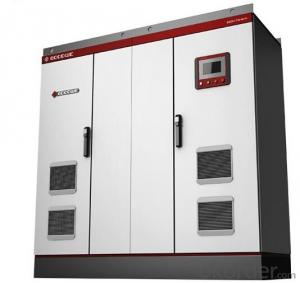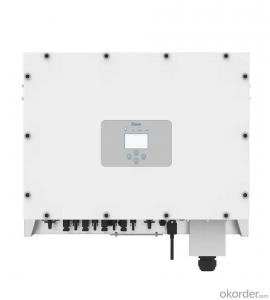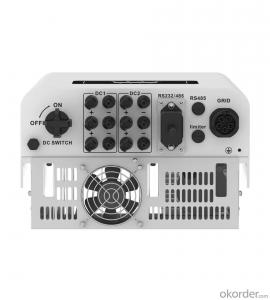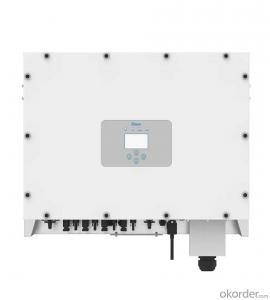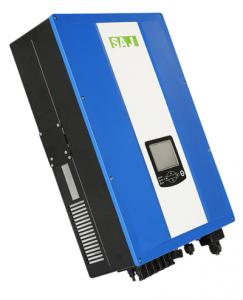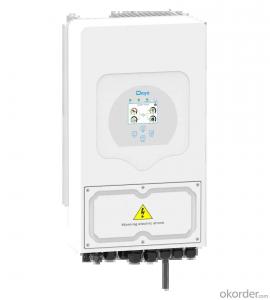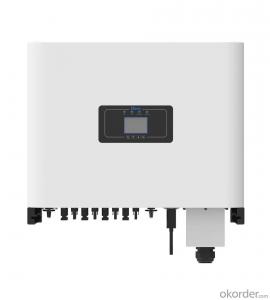Lvrt Solar Inverter
Lvrt Solar Inverter Related Searches
Lvrt In Solar Inverter Invt Solar Inverter Rv Solar Inverter Blt Solar Power Inverter Rv Solar Power Inverter Lg Solar Inverter Rv Solar Inverter Kit Rv Solar Kit With Inverter Inverter For Rv Solar Lg Inverter Solar Solar Inverter Rv Invt Solar Pump Inverter Solar Inverter For Rv Pv Solar Inverter Solar Power Inverter For Rv Mppt Solar Inverter Rv Solar Inverter Kits Ge Lv5 Solar Inverter Solar Pv Inverter Utl Solar Inverter Rv Solar Inverter Systems Rv Solar Kits With Inverter Rv Solar System With Inverter Solar Light Inverter Mppt Solar Power Inverter Vivint Solar Inverter Igbt Solar Inverter Lg Solar Micro Inverter Rv Solar Panel Inverter Kit Mppt Inverter SolarLvrt Solar Inverter Supplier & Manufacturer from China
Lvrt Solar Inverter is a high-quality product designed for efficient conversion of solar energy into usable electrical power. It plays a crucial role in the renewable energy sector, ensuring that solar panels can effectively contribute to the generation of clean energy. These inverters are widely used in residential, commercial, and industrial settings, where they help to reduce reliance on traditional energy sources and promote sustainability. Lvrt Solar Inverter is known for its reliability and efficiency, making it a popular choice among those looking to harness the power of the sun.The Lvrt Solar Inverter is utilized in various applications, such as powering homes, businesses, and even large-scale solar farms. It is particularly useful in areas with abundant sunlight, where the potential for solar energy generation is high. By converting the DC power generated by solar panels into AC power that can be used by standard electrical appliances, the Lvrt Solar Inverter enables users to benefit from a clean and sustainable energy source. This product is also essential in off-grid systems, where it provides a stable power supply to remote locations without access to the main power grid.
Okorder.com is a leading wholesale supplier of the Lvrt Solar Inverter, offering a vast inventory to cater to the needs of various customers. With a commitment to providing top-quality products at competitive prices, Okorder.com ensures that businesses and individuals can access the Lvrt Solar Inverter with ease. Their extensive stock and efficient supply chain management make it possible for customers to receive their orders promptly, allowing them to integrate this essential component into their solar energy systems without delay.
Hot Products

